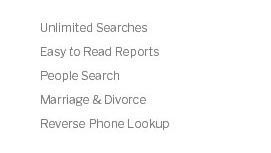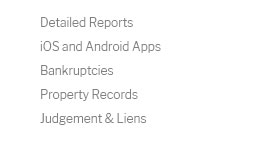 |
 |
|---|
|
|
|---|
 |
 |
 |
 |
|---|---|---|---|
 |
 |
 |
|
 |
|||
 |
 |
 |
|
 |
|||
 |
 |
 |
|
 |
|||

arrest records california: how they work and how to get startedUnderstanding the basicsIn California, an arrest record is a government log of a detention, not a final court outcome. It may list the date, location, alleged offenses, booking details, and identifiers, and it is often accessible under the state public records law. However, arrest records are not convictions, and sensitive items-juvenile matters, sealed cases, or ongoing investigations-may be restricted. Getting started with a searchBegin locally. County sheriff sites and Superior Court portals can show custody status and case data, while the California DOJ allows individuals to review their own history via Live Scan. Expect identity checks and possible fees. Use official sources first to avoid stale or incomplete data.
Privacy, limits, and responsible useUse records responsibly: employers must follow state and federal rules; some arrests can be sealed or cleared; and republishing data may carry legal risks.
|
|---|